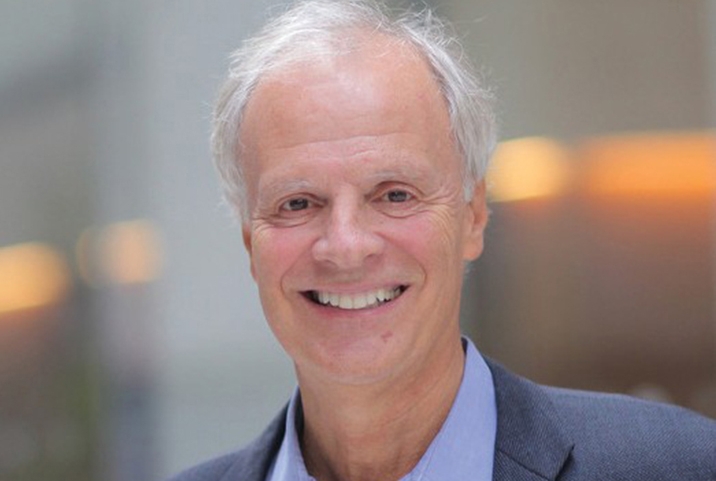Incentive programs for physician organizations, medical groups and hospitals that dispense financial rewards for providing quality health care have the potential to exacerbate health care inequalities in poor communities compared to their affluent counterparts.
According to a new study by Weill Cornell Medical College public health researcher Dr. Lawrence P. Casalino, pay-for-performance programs — whether offered by governmental or private payers — that don't adjust for socioeconomic status are more likely to benefit health care providers in wealthier communities with ample resources than providers in poorer areas, where resources are more scarce.
The study, titled "Do Physician Organizations Located in Lower Socioeconomic Status Areas Score Lower on Pay-for-Performance Measures?" was published in the Journal of General Internal Medicine last month. The results confirm Dr. Casalino's hypothesis first mentioned in the Health Affairs article "Will Pay-for-Performance and Quality Reporting Affect Health Care Disparities?" he authored in 2007.
"About five years ago, we raised the concern that hospitals or physicians who practiced in poor areas, socioeconomically disadvantaged areas, will have trouble scoring as well on pay-for-performance measures," said Dr. Casalino, the Livingston Farrand Associate Professor of Public Health and chief of the Division of Outcomes and Effectiveness Research in the Department of Public Health. "If they don't score as well, then they won't get bonuses. You'll have the rich getting richer and the poor getting poorer.
"In this new study, we showed that the theoretical concern we had is actually borne out in practice," he said.
Pay-for-performance is an incentive program that rewards providers — be it physicians, physician organizations, medical groups or hospitals — with bonuses for providing quality health care. Providers are scored on measures of quality or patient experience.
In the study — for which a team of researchers from Children's Hospital Boston, Harvard Medical School, the University of Chicago, RAND Corporation and the Integrated Healthcare Association collaborated — investigators used data from the California Integrated Healthcare Association, the largest non-governmental multi-payer pay-for-performance program in the nation, to test the hypothesis that the more socioeconomically disadvantage an area is, the lower the pay-for-performance scores will be.
The team looked at 160 medical groups that participated in the Association's pay-for-performance program in 2008 and 2009 and identified all 11,718 of their practice sites and the number of physicians at each site. Using socioeconomic status information from the U.S. Census and geocoding techniques developed by Harvard professor Nancy Krieger, the researchers created a socioeconomic index score for each site for each medical group, and used these to create mean socioeconomic status index scores for each group. They then cross-referenced these with the groups' pay-for-performance scores.
The results clearly showed that groups that care for more patients in lower socioeconomic status areas receive lower pay-for-performance scores. Just a moderate increase in the socioeconomic status index would make a group 44 percent more likely to score in the top 40 percent of performance, likely earning them a bonus.
The reasons for this disparity could be three-fold, Dr. Casalino said. First, providers in areas of lower socioeconomic status are more likely to be treating uninsured, underinsured and Medicaid patients, and receive less income for doing so compared to providers that care for better-insured patients. With less income and resources, improving care is harder and providers are less likely to score well on pay-for-performance measures. Secondly, patients in lower socioeconomic areas may lack English language competency, lack knowledge about health care and have less access to transportation, child care and other resources useful to obtain preventative care, such as mammograms and colonoscopies, the rates of which are factored in pay-for-performance scores. Lastly, poorer areas may have fewer resources for patients to receive health care. For example, they may have fewer pharmacies, laboratories, radiology and imaging sites.
A 2007 study Dr. Casalino authored with Harvard researcher Dr. Alyna Chien — who worked on the current study — for Medical Care Research and Review found that 90 percent of the people who were designing pay-for-performance programs for insurers hadn't even considered the disparity these programs were creating.
"That has changed since our 2007 article was published. I think people are now quite aware that there is a problem, but it's less obvious what to do about it," Dr. Casalino said. "As long as there are major socioeconomic disparities, pay-for-performance will not completely adjust for that."
That said, more research needs to be done on pay-for-performance design before payers throw in the towel, Dr. Casalino said.
"One doesn't necessarily want to throw the baby out with the bathwater, but this disparity issue is a real issue, and frankly one I still don't think has been grappled with sufficiently," he said. "But at least people are aware of it. I'd like to think our articles have helped create that awareness."

